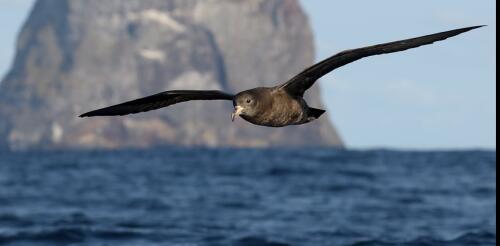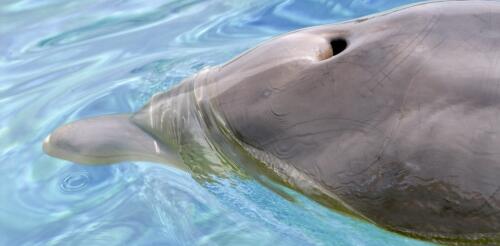Animal health
As a conservation biologist who studies plastic ingestion by marine wildlife, I can count on the same question whenever I present research: “How does plastic affect the animals that eat it?” This is one of the biggest questions in this field, and the verdict is still out. However, a recent study from the Adrift Lab, a group of Australian and international scientists who study plastic pollution, adds to a growing body of evidence that ingesting plastic debris has discernible chronic effects on the animals that consume it. This work represents a crucial step: moving from knowing that plastic is everywhere to diagnosing its effects once ingested. From individual to species-level effects There’s wide agreement that the world is facing a plastic pollution crisis. This deluge of long-lived debris has generated gruesome photos of dead seabirds and whales with their stomachs full of plastic. But while consuming plastic likely killed these individual animals, death...
Bottlenose dolphins in Sarasota Bay in Florida and Barataria Bay in Louisiana are exhaling microplastic fibers, according to our new research published in the journal PLOS One. Tiny plastic pieces have spread all over the planet – on land, in the air and even in clouds. An estimated 170 trillion bits of microplastic are estimated to be in the oceans alone. Across the globe, research has found people and wildlife are exposed to microplastics mainly through eating and drinking, but also through breathing. A plastic microfiber found in the exhaled breath of a bottlenose dolphin is nearly 14 times smaller than a strand of hair and can be seen only with a microscope. Miranda Dziobak/College of Charleston, CC BY-SA Our study found the microplastic particles exhaled by bottlenose dolphins (Tursiops truncatus) are similar in chemical composition to those identified in human lungs. Whether dolphins are...

